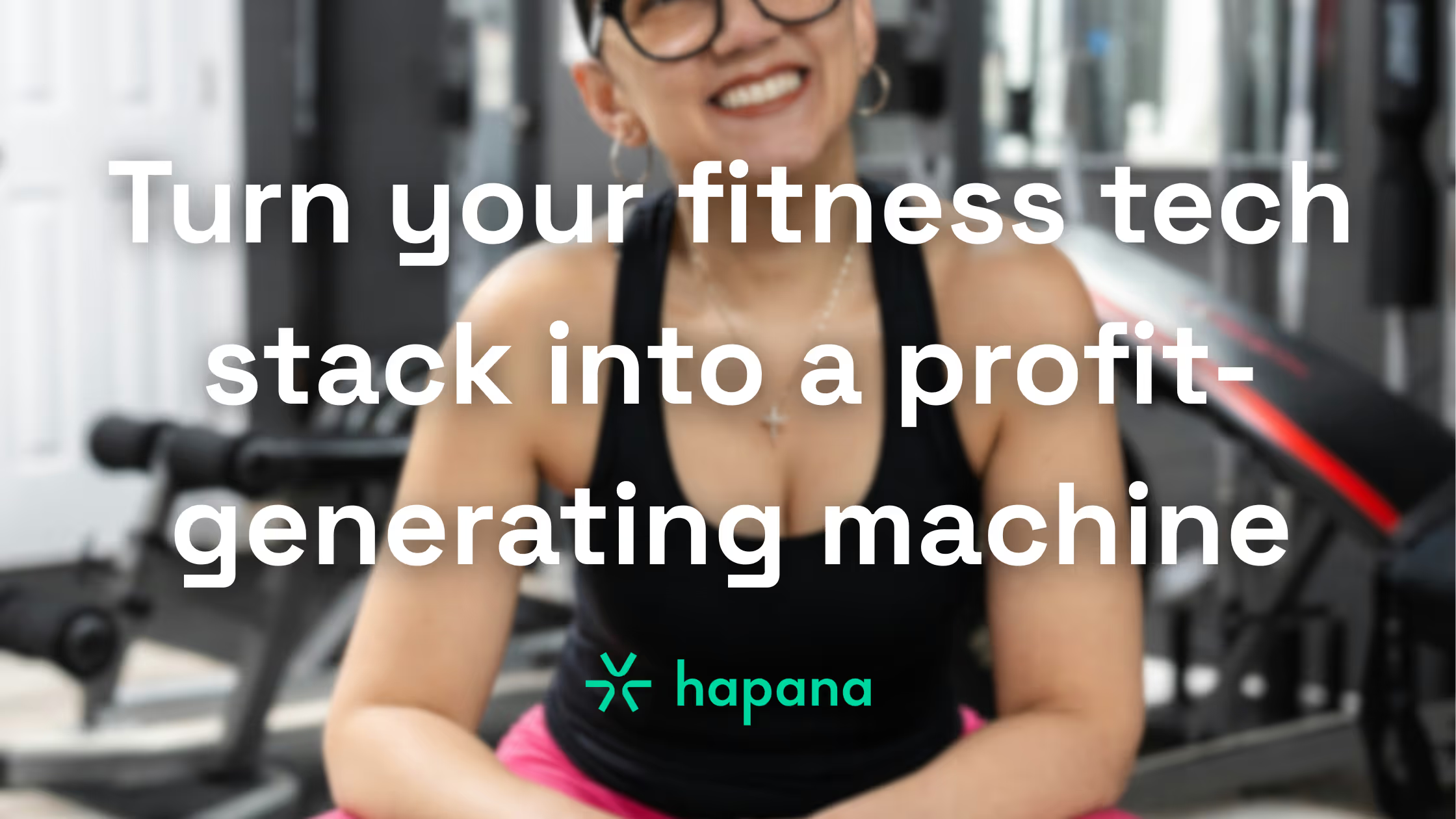Industry insights, company news and more
Thank you! Your submission has been received!
Oops! Something went wrong while submitting the form.
No results found. Please try again
Join 1,000+ businesses growing with Hapana
Thank you! We will be in touch with you shortly.
Oops! Something went wrong while submitting the form.




















.avif)



